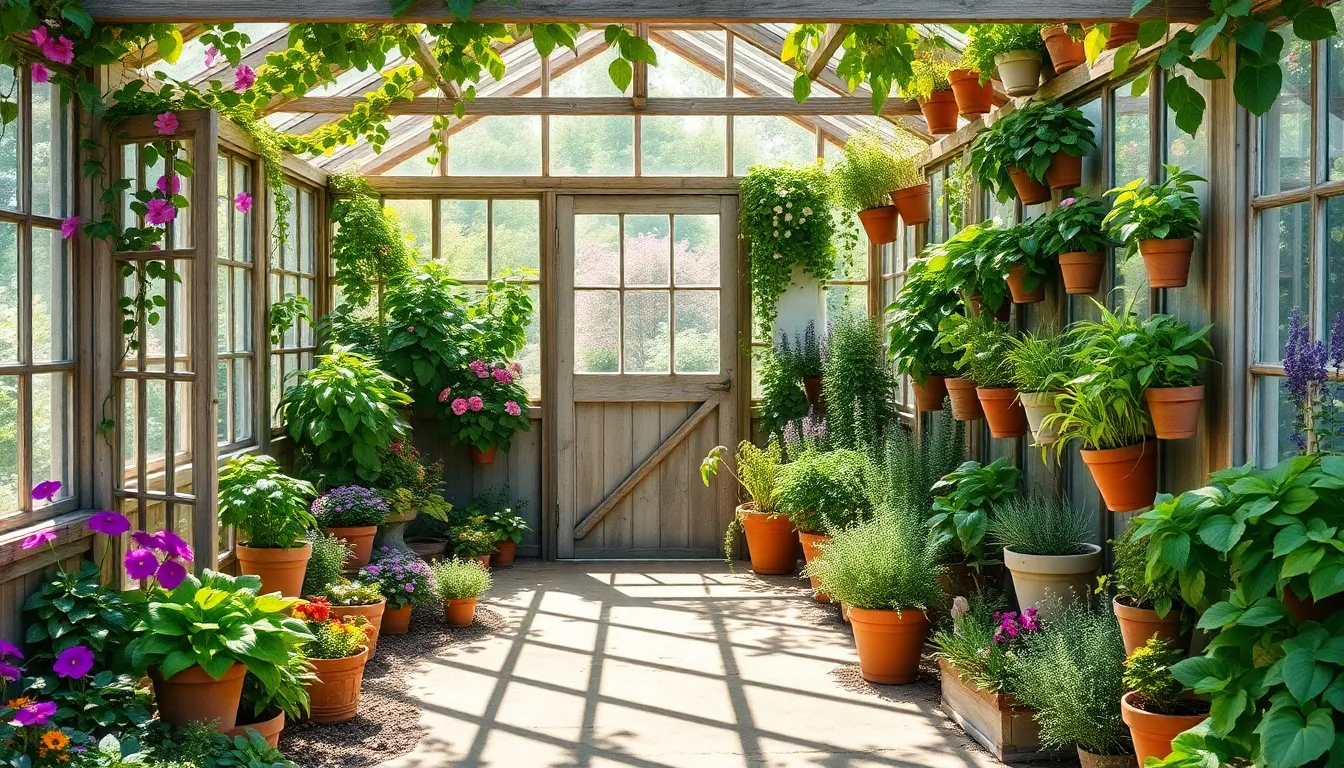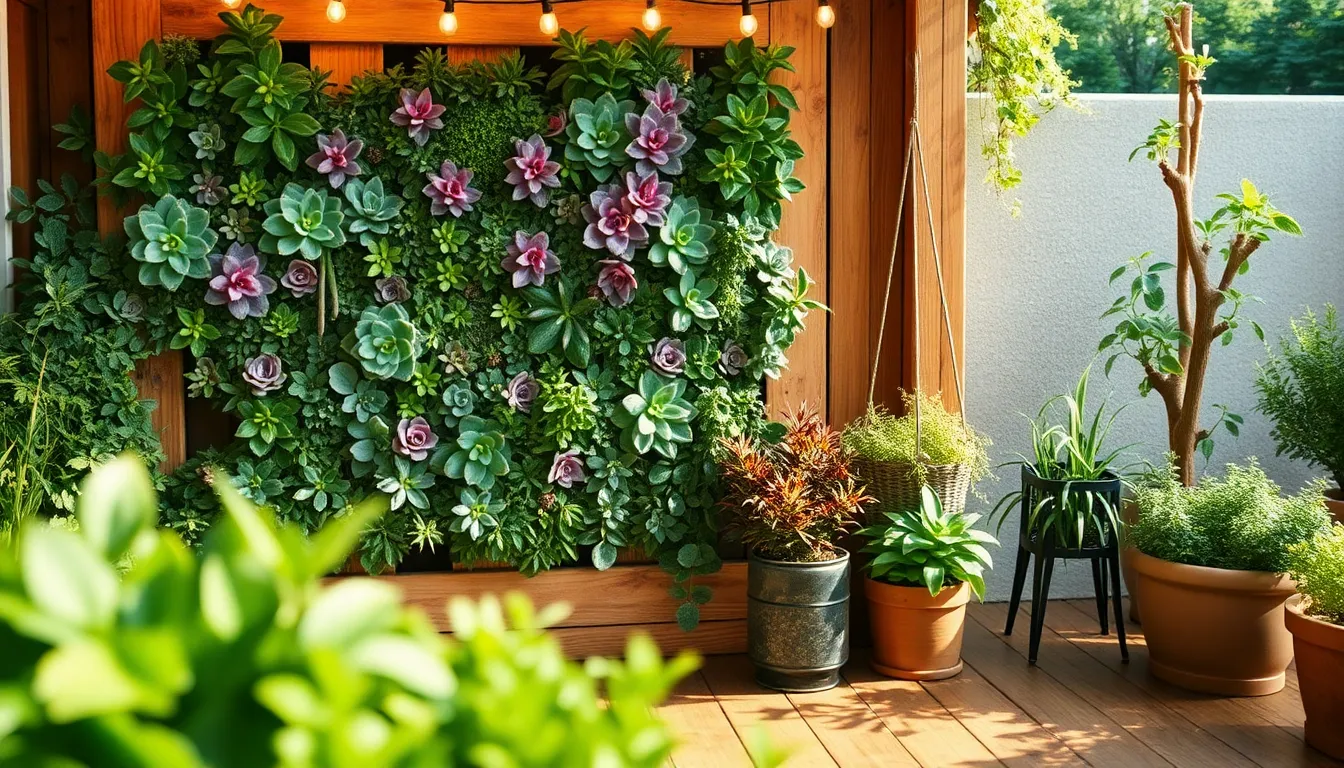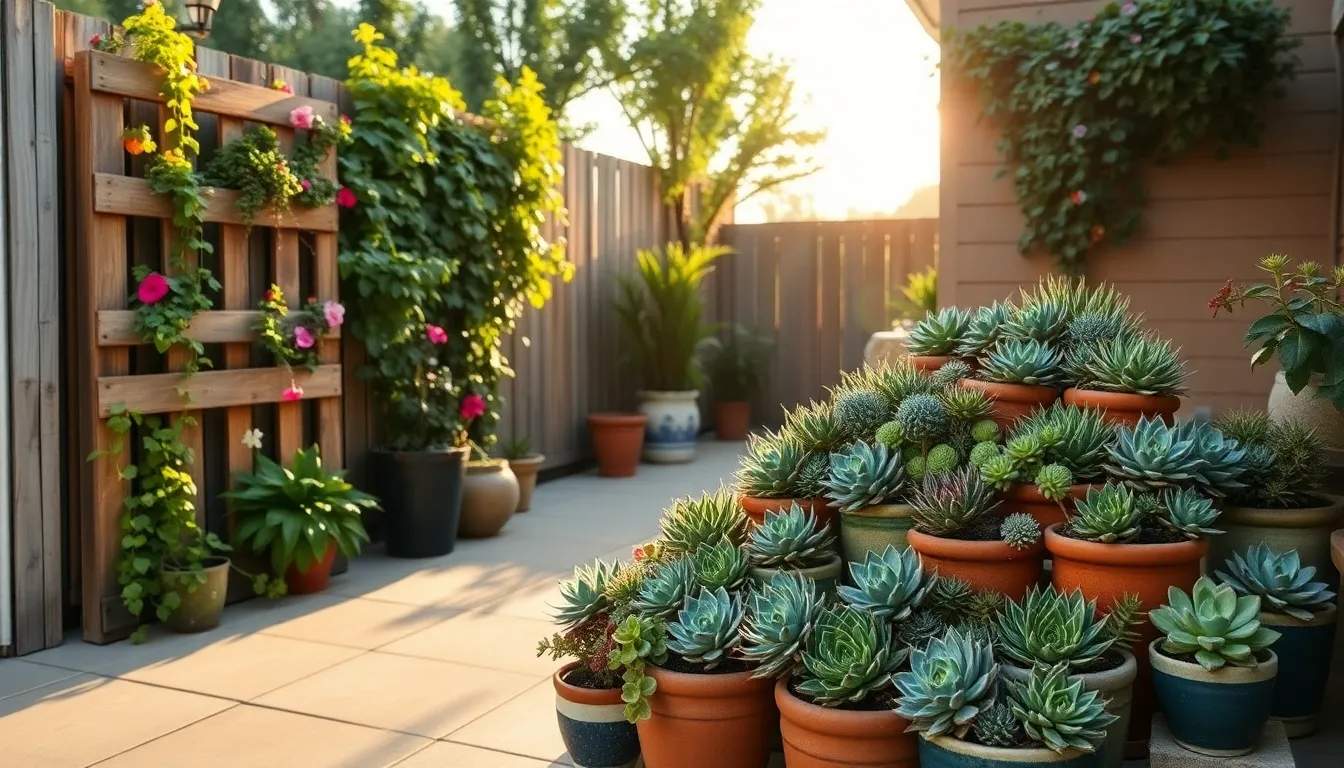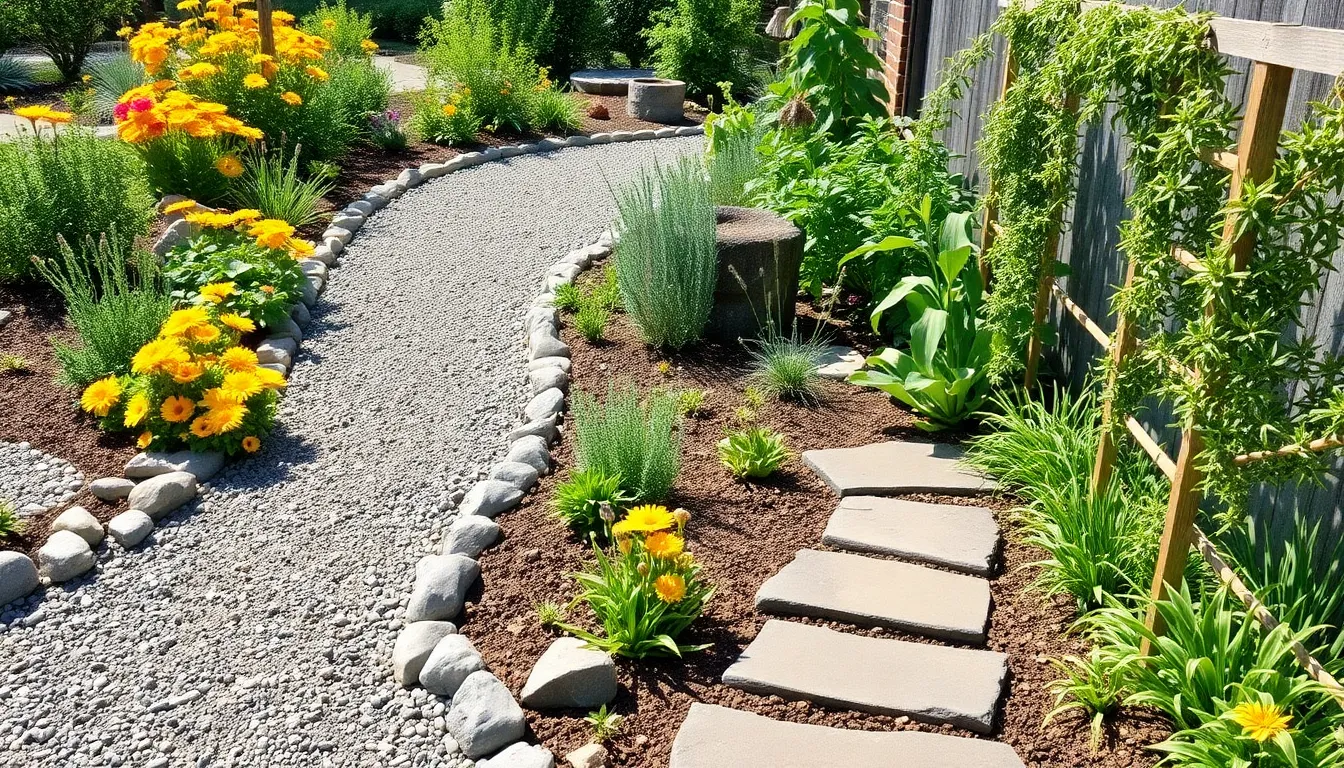Imagine stepping into your backyard and being greeted by a lush haven of greenery, regardless of the season. Whether you’re a novice looking to nurture your first seedlings or a seasoned gardener ready to expand your horticultural adventures, a greenhouse can be your secret weapon for year-round productivity and joy. The magic of a backyard greenhouse lies in its ability to transform even the smallest spaces into thriving ecosystems, offering you a personal sanctuary where plants can flourish and your gardening skills can blossom.
In this article, we’ll explore ten greenhouse projects that promise to boost both your harvest and your confidence. From simple setups that demystify the basics for beginners to advanced systems that challenge the experienced green thumb, there’s something here for everyone. You’ll discover creative ways to maximize your greenhouse’s potential, optimize growing conditions, and make the most of your available space. Each project is designed to inspire and empower you, ensuring that your greenhouse becomes a beacon of productivity and pleasure.
The importance of cultivating a thriving greenhouse cannot be overstated, as it provides a controlled environment where plants can thrive despite external weather conditions. Embracing these projects not only enhances your gardening repertoire but also contributes to a sustainable lifestyle, allowing you to enjoy fresh produce and beautiful blooms all year long. So, roll up your sleeves, grab your gardening gloves, and prepare to embark on a journey that will enrich both your garden and your soul. As you delve into these projects, you’ll find that the world of greenhouse gardening is as rewarding as it is accessible.
Choosing the Ideal Greenhouse Design
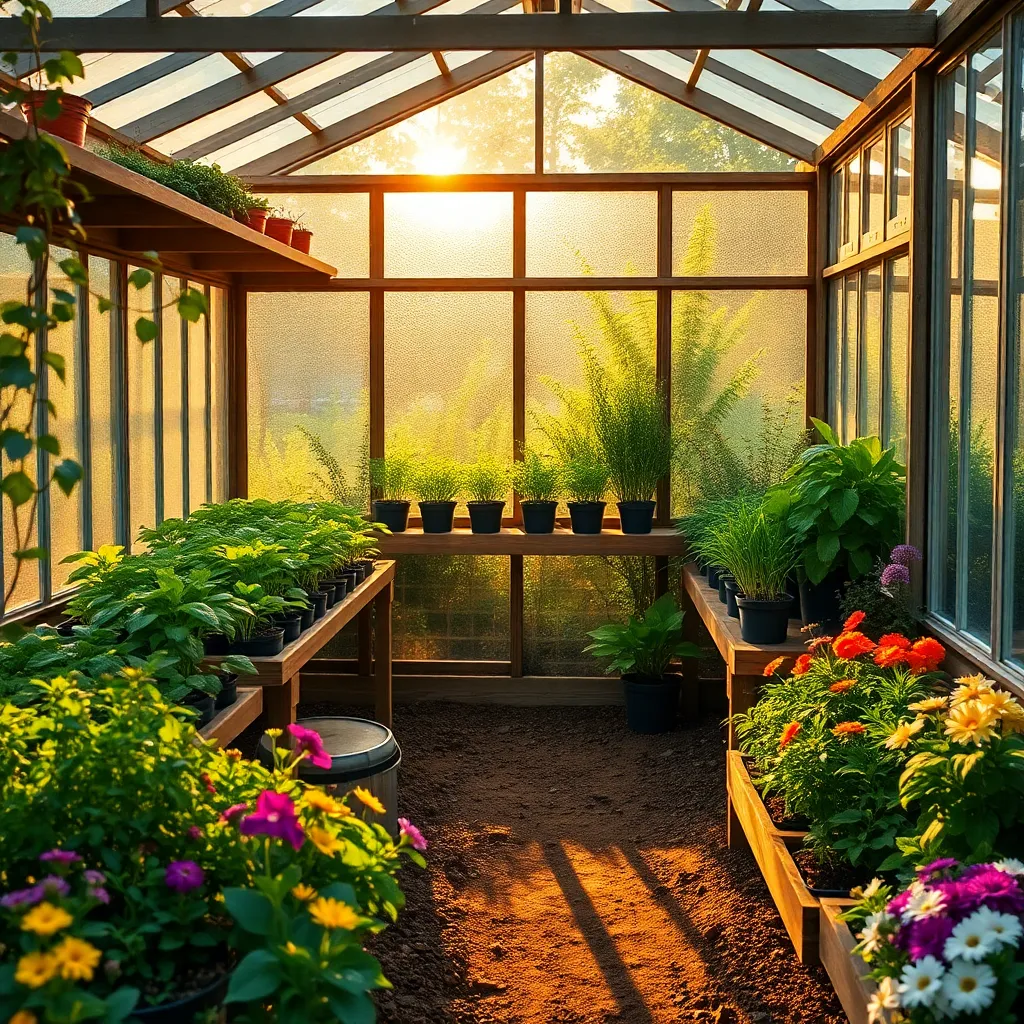
Choosing the ideal greenhouse design is crucial for creating a productive and efficient growing environment. Start by considering the space available in your backyard and the types of plants you wish to cultivate, as this will influence the size and style of your greenhouse.
For beginners, a simple lean-to greenhouse attached to your home can offer convenience and easy access to utilities. Ensure it receives at least six hours of sunlight daily and is placed in a location shielded from strong winds to maintain a stable temperature.
Experienced gardeners may explore freestanding greenhouses, which allow for more customization and larger planting areas. Opt for a structure with adequate ventilation options, such as roof vents and side windows, to regulate humidity and temperature efficiently.
Choosing materials is also key; consider polycarbonate panels for their durability and excellent light diffusion. Additionally, plan for a reliable water source inside your greenhouse, and aim to install drip irrigation systems to ensure even moisture distribution without overwatering.
Building a DIY Greenhouse Structure
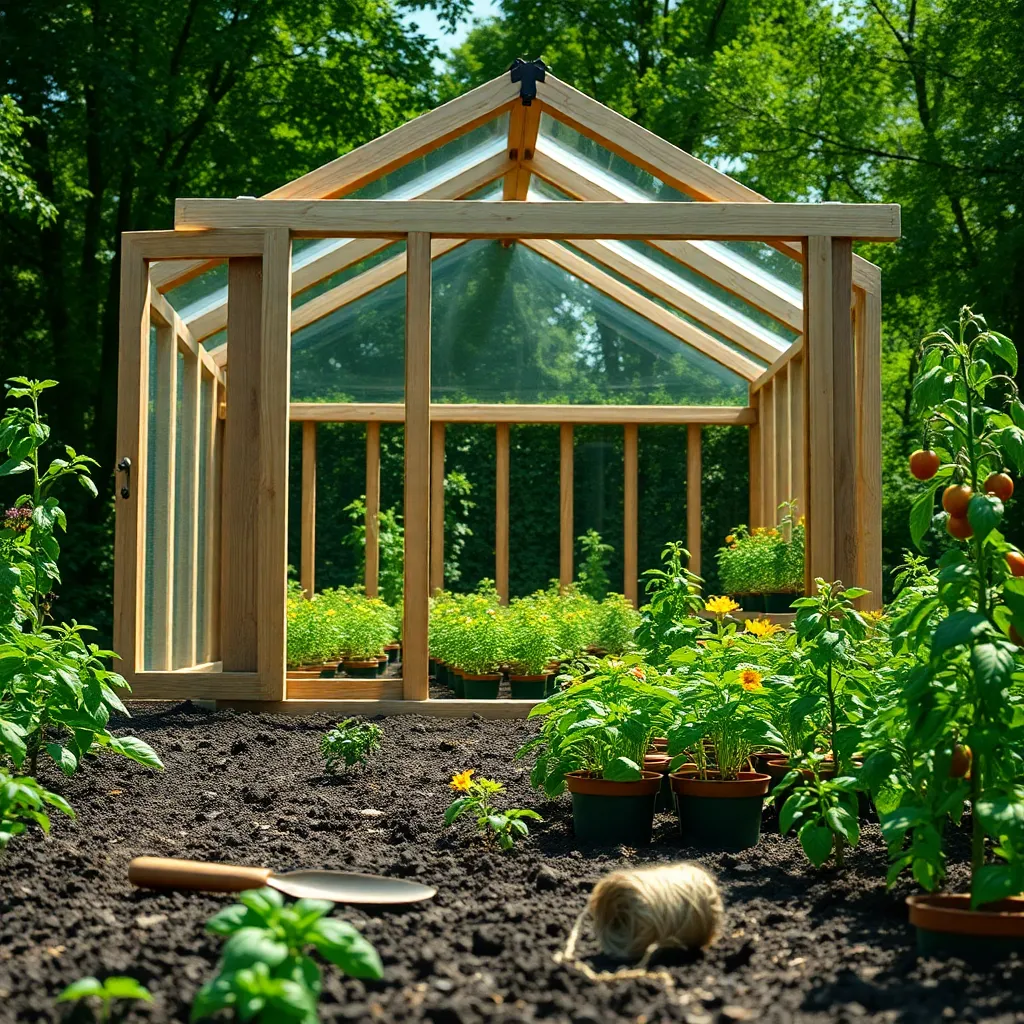
Constructing your DIY greenhouse can be both a rewarding and manageable project, even for beginners. Start by selecting a location that receives ample sunlight, ideally at least six hours of direct sunlight per day, to support a wide range of plants.
Consider using materials like PVC pipes, old windows, or recycled wood for an affordable yet sturdy structure. These materials are not only cost-effective but also allow for customization in size and shape, making it easier to fit your available space and needs.
Ensure good ventilation by integrating adjustable vents or windows to regulate temperature and humidity levels. This is crucial because poor airflow can lead to fungal diseases and overheating, which may harm delicate plants like orchids or ferns.
When it comes to the interior, plan your layout to maximize space for different plant types. Use shelving to create vertical space for smaller pots, and allocate ground space for taller plants like tomatoes or cucumbers that require ample room to grow.
Optimizing Light for Plant Growth
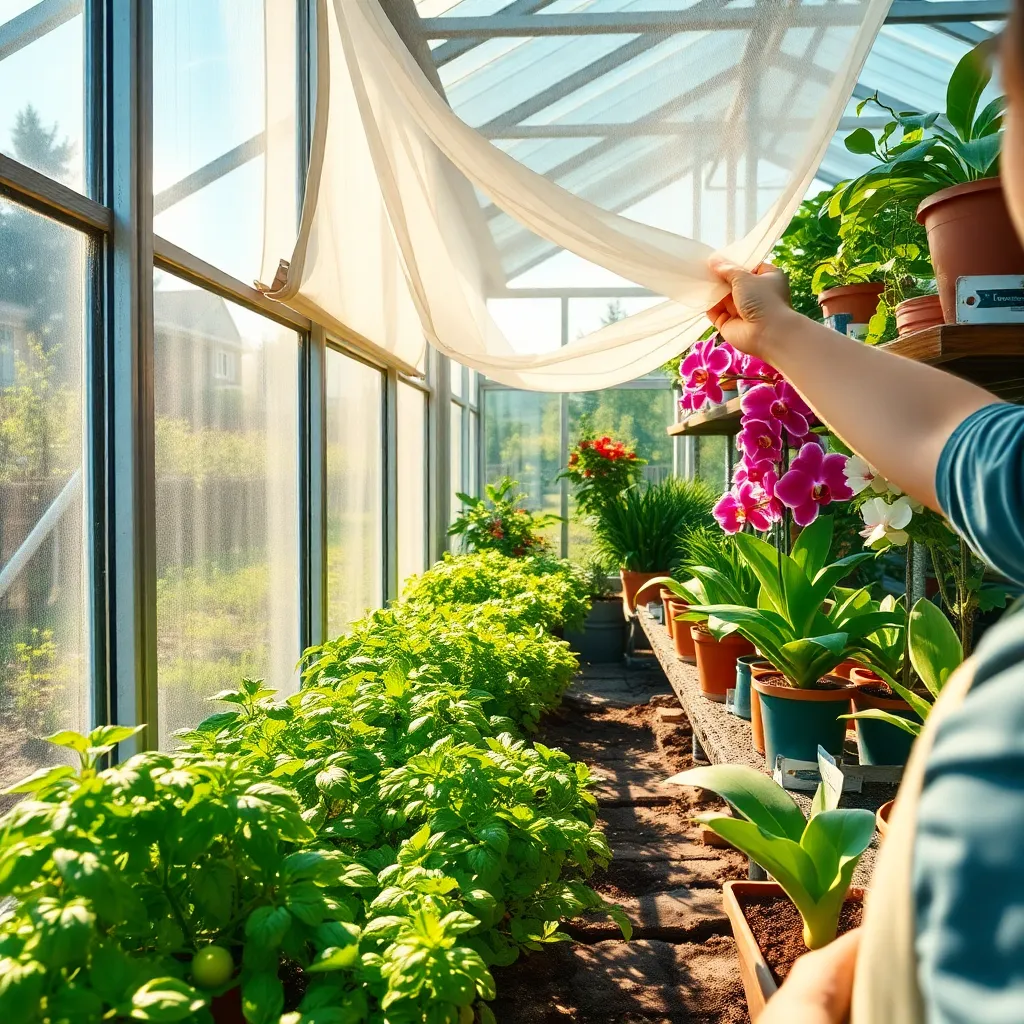
Optimizing light in your backyard greenhouse is crucial for ensuring healthy plant growth. Begin by positioning your greenhouse where it will receive maximum sunlight throughout the day, ideally in a spot that gets at least six hours of sun exposure.
Consider using supplemental lighting during the shorter days of winter to maintain consistent growth. LED grow lights are energy-efficient and effective, providing the necessary light spectrum plants need for photosynthesis.
To further enhance light availability, keep greenhouse coverings clean and free of debris. Regularly wiping down the glass or plastic helps maintain transparency, allowing more sunlight to penetrate and reach your plants.
Reflective surfaces can be utilized inside the greenhouse to maximize light distribution. Hang aluminum foil or mylar sheets strategically to redirect light to areas that might otherwise remain in shadow.
For those growing a variety of plants, be mindful of their individual light requirements. Group plants with similar light needs together to optimize your lighting setup and ensure each plant receives the appropriate amount of illumination.
Efficient Heating Solutions for Winter
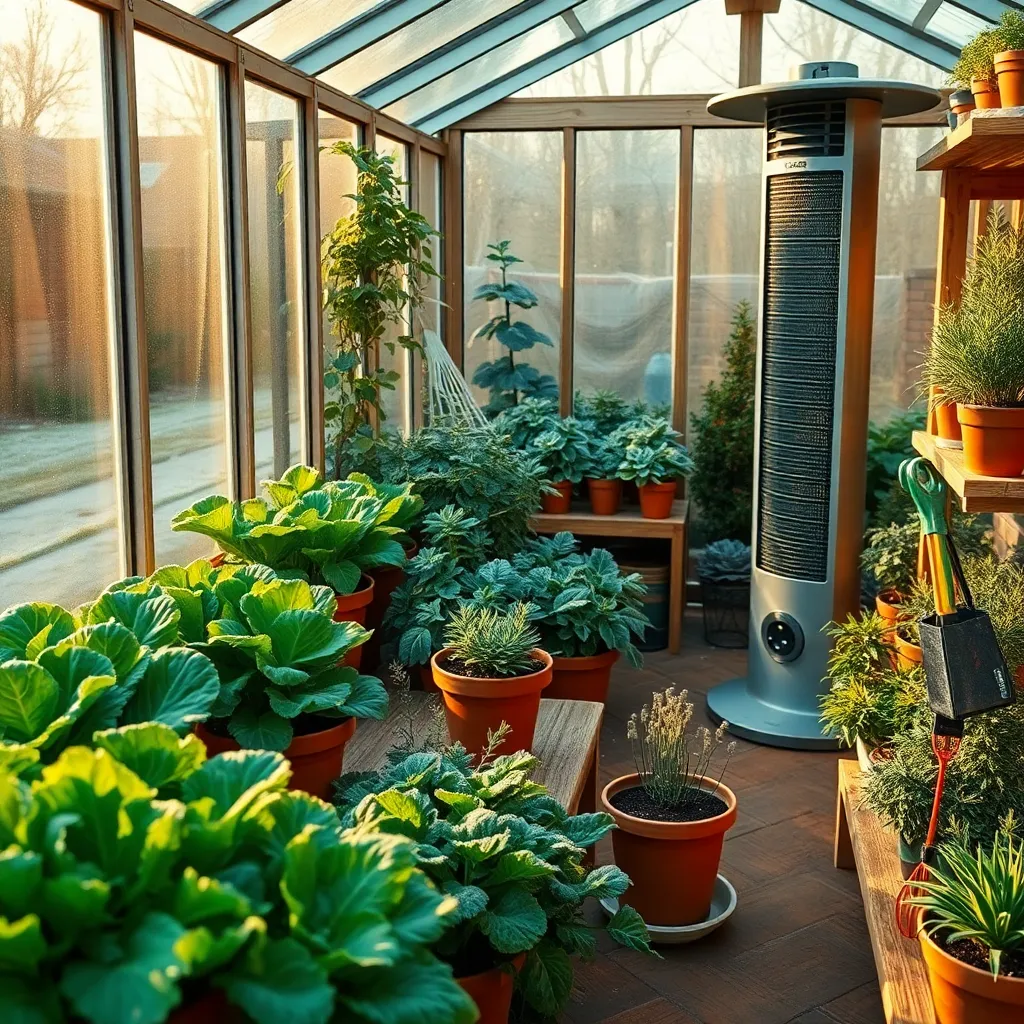
Maintaining a warm environment in your greenhouse during winter is crucial for plant health and growth. One efficient way to achieve this is by using passive solar heating, which captures and stores the sun’s energy during the day to release at night.
Consider installing thermal mass materials like water barrels or stone walls in your greenhouse. These materials absorb heat during the day and slowly release it as temperatures drop, providing a consistent heat source for your plants.
Another cost-effective option is using electric heaters with thermostats to maintain a steady temperature. Choose heaters specifically designed for greenhouses, as they are often more resistant to moisture and have features like frost protection.
To maximize energy efficiency, ensure your greenhouse is well-insulated. Use materials such as bubble wrap or horticultural fleece to cover windows or non-insulated areas, keeping the warmth inside where it’s needed most.
Ventilation Systems to Control Humidity
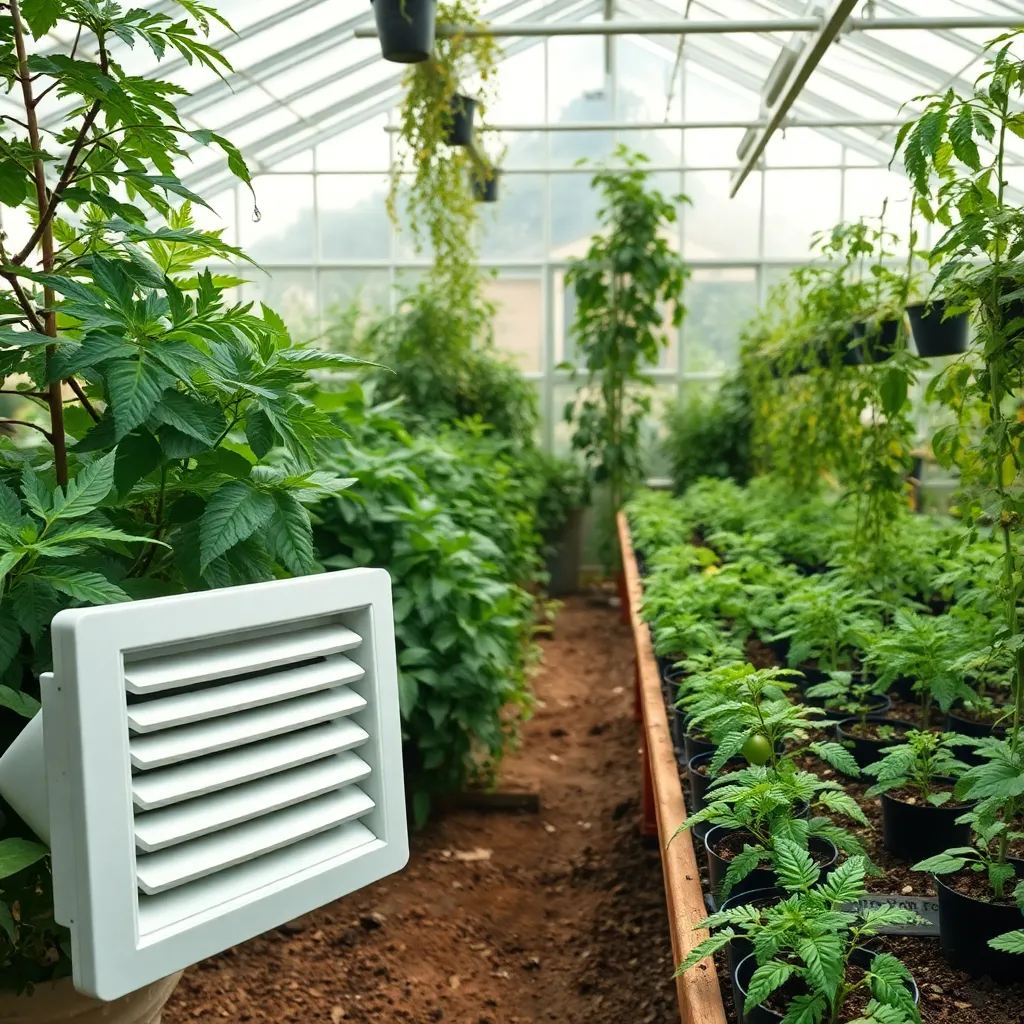
Controlling humidity in a backyard greenhouse is crucial for healthy plant growth and preventing diseases. One practical way to achieve this is by installing a ventilation system that can be adjusted according to weather conditions.
Start by incorporating roof vents and side vents, which provide natural airflow and help stabilize the internal climate. These should be opened during warm, sunny days to allow excess moisture to escape, creating a healthier environment for your plants.
For gardeners looking to automate their systems, consider installing thermostatically controlled fans. These fans can be set to activate when the humidity reaches a certain level, ensuring consistent air circulation without manual intervention.
Advanced gardeners may explore using dehumidifiers, especially in regions with high ambient humidity. These devices can effectively reduce excess moisture, preventing issues like mold and mildew, which can be detrimental to plant health.
Automated Irrigation for Consistent Watering
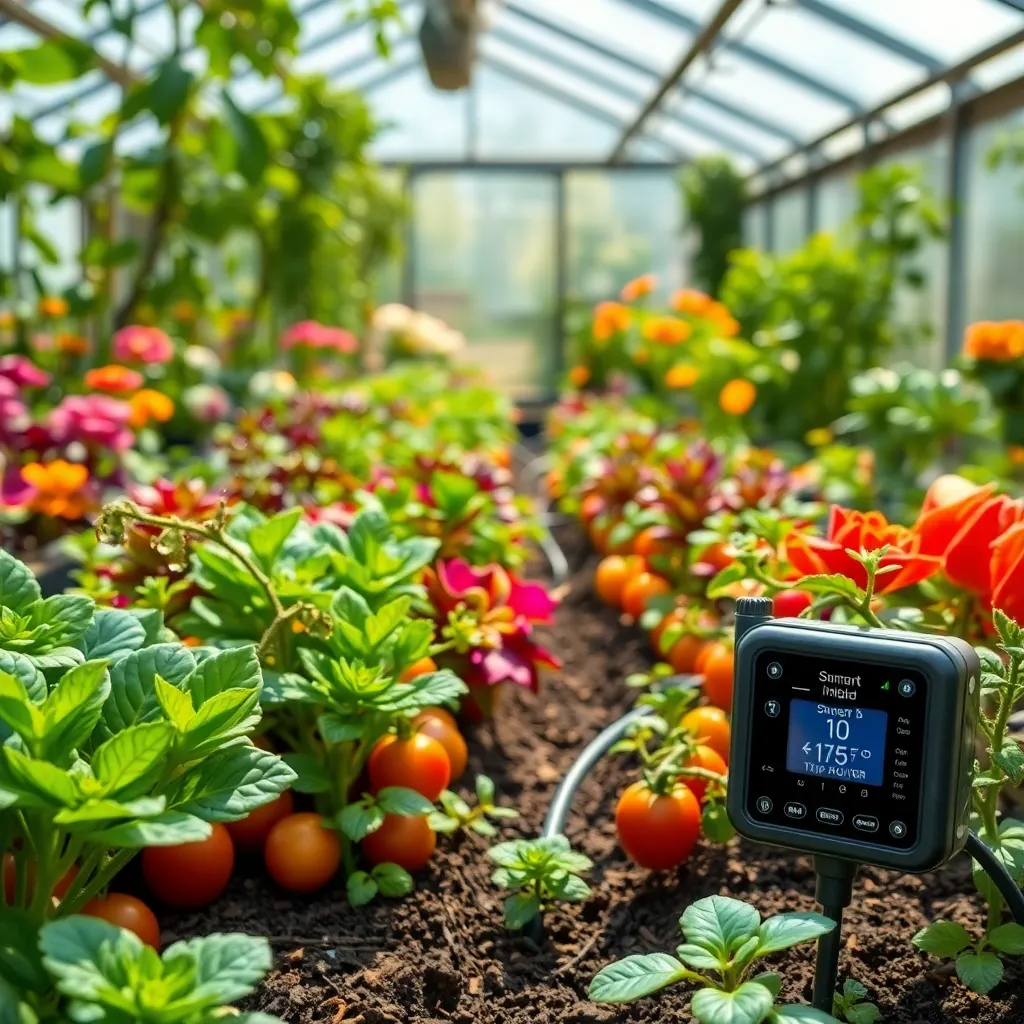
Automated irrigation systems are a game-changer for maintaining consistent soil moisture in your greenhouse. These systems can be set to water your plants at optimal times, ensuring that they receive the right amount of water without you having to remember each day.
For those new to gardening, starting with a basic drip irrigation system is a fantastic choice. It provides a slow, steady supply of water directly to the roots, reducing water waste and promoting healthier plant growth.
Advanced gardeners might consider integrating soil moisture sensors with their irrigation setup. These sensors can trigger watering only when the soil reaches a certain dryness, providing a more tailored watering schedule for your plants.
Key benefits of automated irrigation include saving time and preventing over or under-watering, which are common pitfalls for many gardeners. By automating this task, you can focus on other aspects of plant care, such as fertilization or pest management.
When setting up your system, ensure that you use high-quality materials suited to your specific greenhouse environment. Consider factors such as plant type, soil composition, and local climate to customize your watering schedule for optimal results.
Growing Fresh Vegetables Year-Round
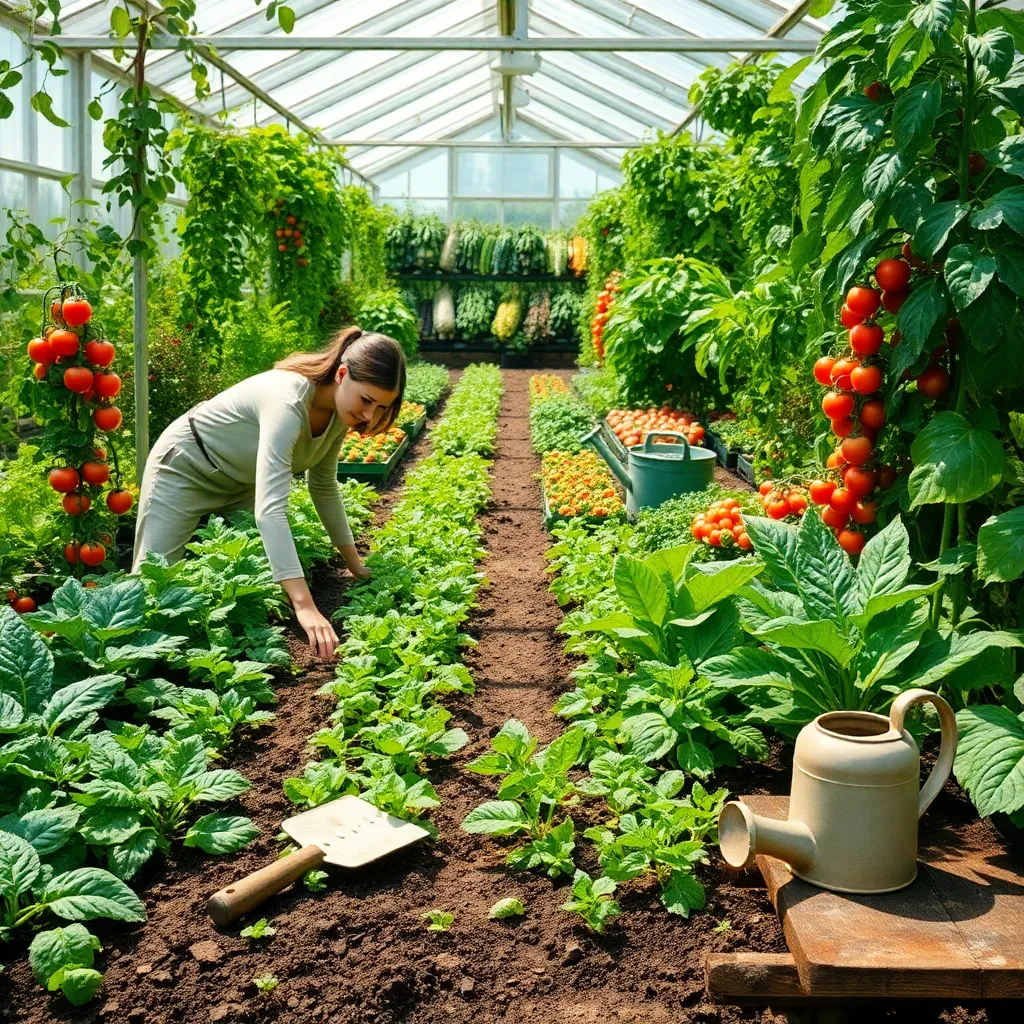
Incorporating a backyard greenhouse allows you to enjoy fresh vegetables year-round, irrespective of the season. To start, choose vegetables that thrive in controlled environments, like tomatoes, lettuce, and cucumbers, which can flourish with proper care.
Consider using a mix of potting soil and compost to provide a nutrient-rich foundation for your plants. Ensuring good drainage is crucial, so add perlite or coarse sand to your soil mix to prevent waterlogging.
Temperature regulation is essential for a successful greenhouse. Using a thermostat-controlled heater can maintain the ideal temperature range of 65-75°F (18-24°C) for most vegetables, preventing extreme fluctuations.
Maximize space by utilizing vertical gardening techniques; install shelves or hanging planters for herbs and smaller plants. This method not only increases your greenhouse’s productivity but also improves air circulation, reducing the risk of disease.
Cultivating Exotic Fruits at Home
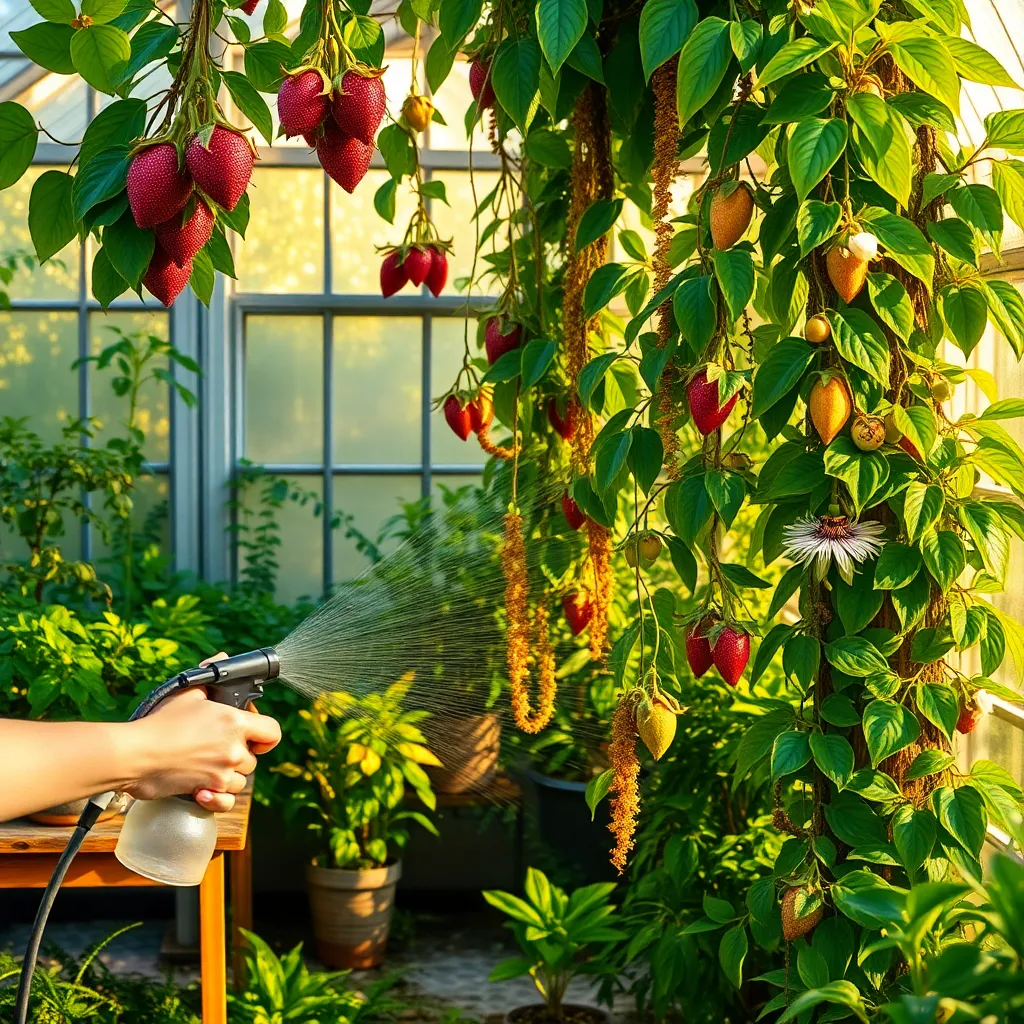
Embracing the challenge of cultivating exotic fruits at home can be both rewarding and exciting. To start, select fruits like passion fruit, dragon fruit, or guava, which can thrive in a controlled greenhouse environment.
For beginners, ensuring the right soil mix is crucial—opt for a well-draining potting mix rich in organic matter. Regular watering is essential, but remember to let the top inch of soil dry out between waterings to prevent root rot.
Advanced gardeners might experiment with grafting techniques to enhance fruit quality and yield. Additionally, consider using a fertilizer high in potassium every four to six weeks to promote healthy fruit development.
Maintain a consistent temperature between 70-85°F (21-29°C) to mimic the natural habitat of these tropical plants. Providing adequate humidity, around 50-70%, can also significantly boost plant health and fruit production.
Utilizing Vertical Space Effectively
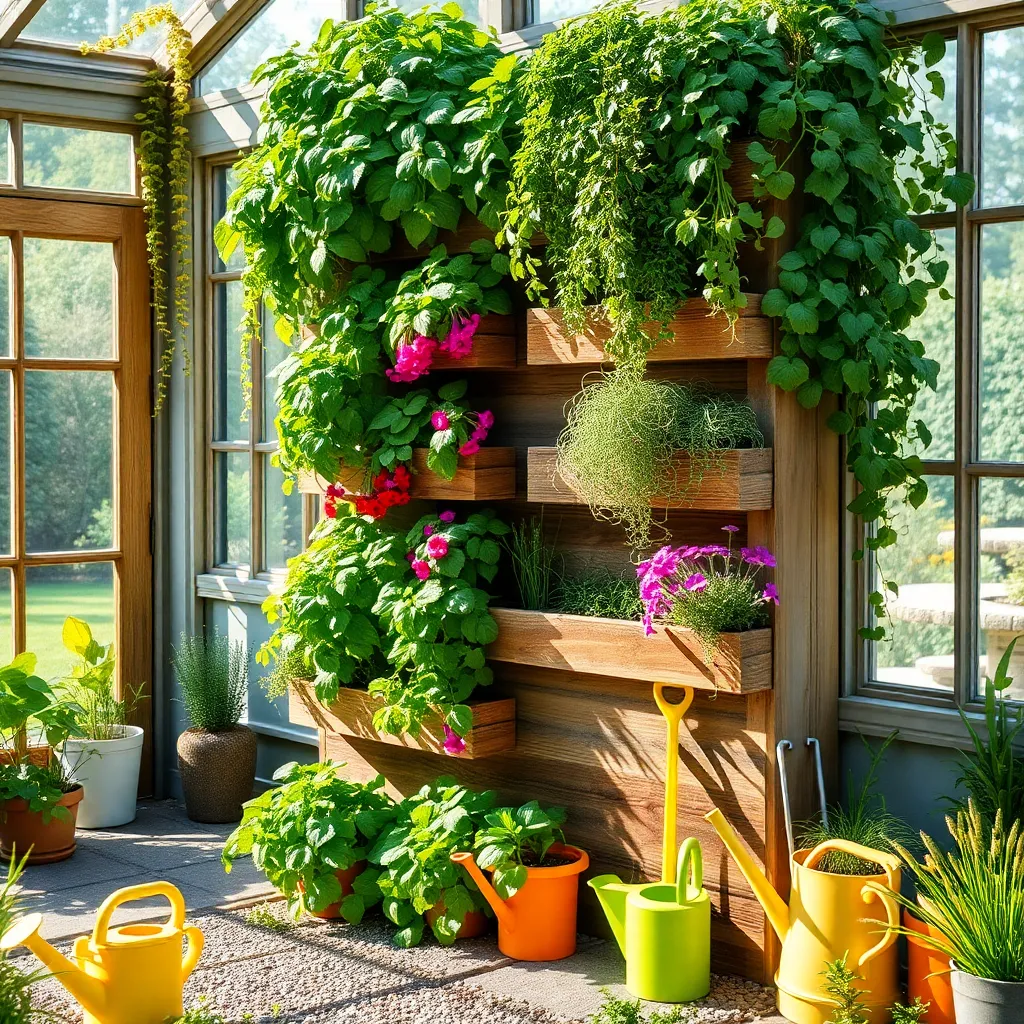
Maximize your greenhouse’s potential by effectively utilizing vertical space, which is often underutilized. Vertical gardening allows you to grow more plants in a limited area, making it ideal for small spaces.
Consider installing vertical shelves or stacking pots to increase your growing area. Use sturdy materials like metal or treated wood to ensure that your structures can support the weight of soil and mature plants.
For beginners, start with easy-to-grow plants like herbs or leafy greens, which thrive in vertical arrangements. These plants typically require well-draining soil and should be watered consistently to prevent the roots from drying out.
More experienced gardeners might explore growing climbing plants such as tomatoes or cucumbers vertically. Secure these plants to trellises or netting to provide adequate support as they grow, ensuring they receive enough sunlight and air circulation.
To optimize plant health in a vertical setup, monitor light exposure, as plants at different heights might receive varying amounts of sunlight. Adjust the position of your plants or use grow lights to ensure that all plants receive sufficient light for optimal growth.
Incorporating Sustainable Materials and Practices
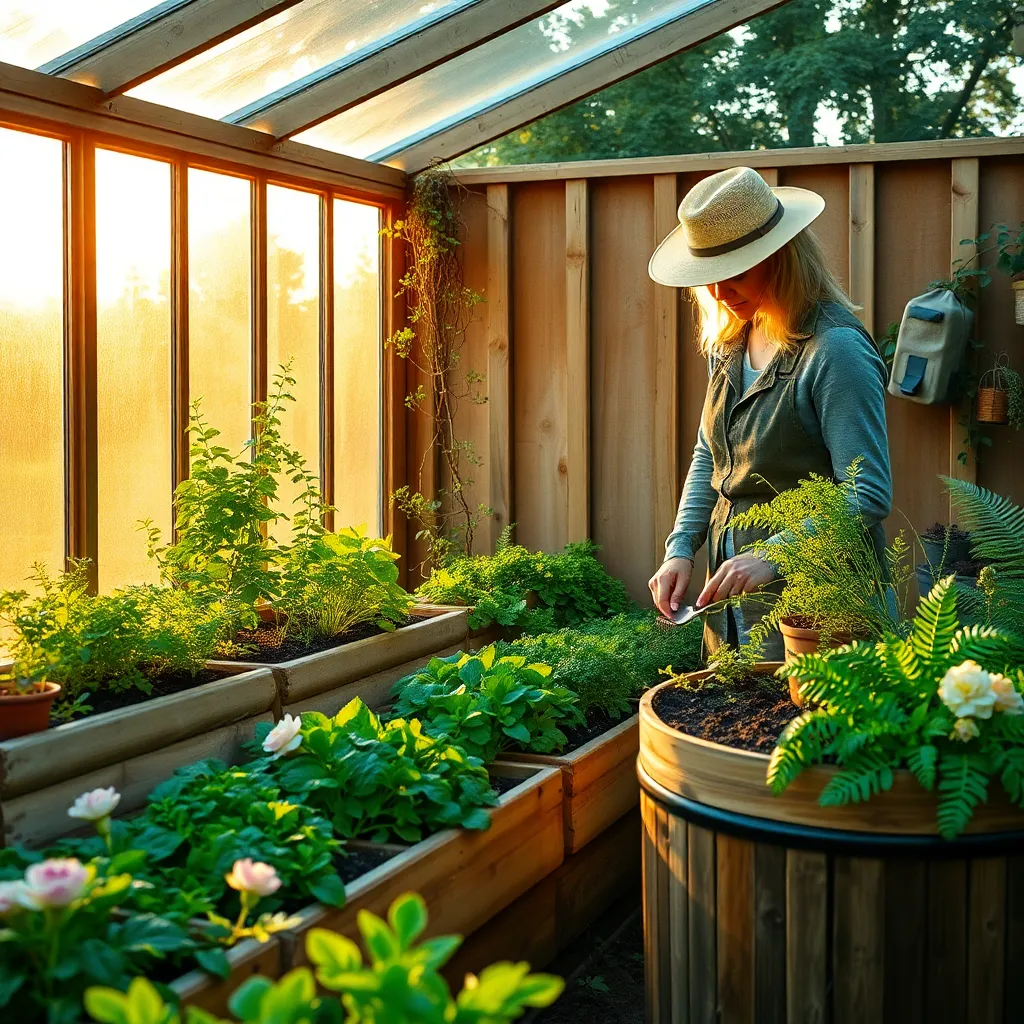
To successfully incorporate sustainable materials and practices in your greenhouse, consider using recycled or repurposed materials for construction and plant supports. Old windows and doors can be transformed into greenhouse frames, providing a unique look while reducing waste.
Another sustainable practice is to utilize organic soil amendments that enhance plant growth without harming the environment. Composting kitchen scraps and yard waste creates rich, nutrient-dense compost that can be used to improve soil structure and fertility.
Water conservation is crucial in sustainable gardening, and using a rainwater collection system is an effective strategy. By setting up barrels to capture rainwater from your greenhouse roof, you can reduce reliance on municipal water sources and provide a natural water supply for your plants.
For more advanced gardeners, implementing a companion planting strategy can enhance biodiversity and improve plant health. Planting species that naturally repel pests or attract beneficial insects helps maintain a healthy ecosystem within your greenhouse.
Conclusion: Growing Success with These Plants
As we journey through the ’10 Productive Backyard Greenhouse Projects’, we’ve uncovered vital relationship concepts, including communication, collaboration, patience, creativity, adaptability, shared goals, nurturing growth, sustainability, resilience, and celebration of achievements. Each of these projects serves as a metaphorical greenhouse for nurturing the seeds of strong, thriving relationships.
To immediately harness these insights, consider starting a small project with your partner or loved ones this weekend—perhaps planting a small herb garden or designing a cozy outdoor space together. Not only will this spark connection, but it will also provide a tangible reminder of the teamwork and love that bind you.
Remember, every relationship needs tending, much like the garden of ideas we’ve explored today. Save or bookmark this article as your go-to guide for cultivating deeper connections and revisiting these concepts whenever you need a refresher.
Looking ahead, envision your relationships flourishing with the same care and dedication you would give to a beautiful garden. With these principles in mind, you are well-equipped to nurture enduring bonds that can withstand any season. Embrace this opportunity to grow together, and watch as your relationships bloom.

